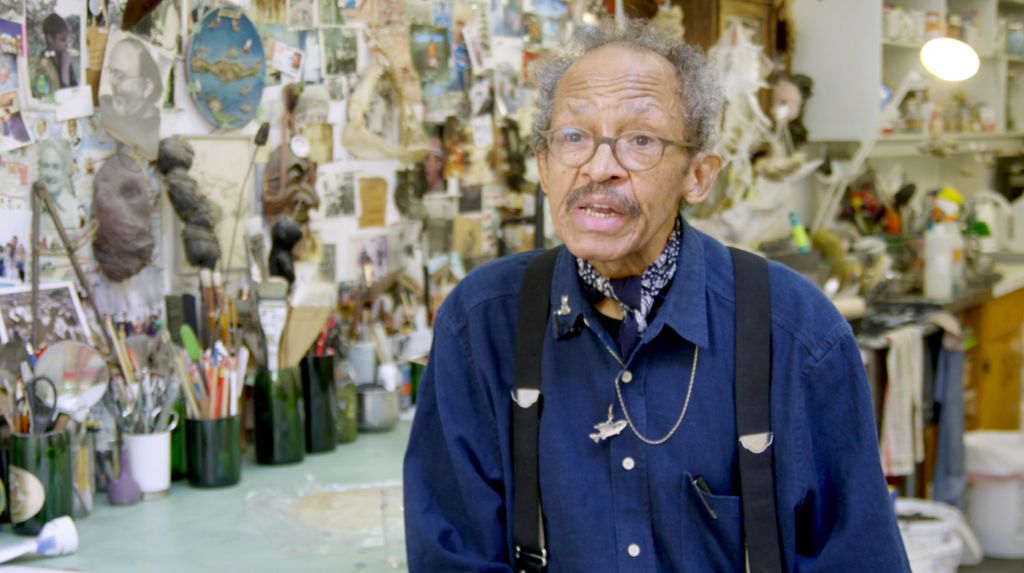Art World
Jack Whitten Will Have a Major Survey at the Metropolitan Museum of Art Next Year
Opening at the Baltimore Museum of Art, the show will place the veteran artist's work 'in conversation with African and Ancient Greek art.'

Opening at the Baltimore Museum of Art, the show will place the veteran artist's work 'in conversation with African and Ancient Greek art.'

An exhibition of work by the US abstractionist Jack Whitten is being co-organized by the Baltimore Museum of Art (BMA) and the Metropolitan Museum of Art in New York, artnet News has learned. Due to open in Baltimore next April, the exhibition has the working title “Odyssey: Jack Whitten Sculpture, 1965–2017.” It is then due to travel to the Met in September 2018. Details have not been announced but the Baltimore museum’s website said Whitten’s work will be “in conversation with African and Ancient Greek art.”
The exhibition is being co-curated by Katy Siegel, the senior research and programming curator at the BMA, with Kelly Baum, the Met’s curator of contemporary art, a spokeswoman for the Baltimore museum confirms.
The veteran African American artist’s first major museum retrospective opened in 2014. Organized by the Museum of Contemporary Art San Diego and featuring around 60 works, “Jack Whitten: Five Decades of Painting” went on to tour the US, ending at the Walker Art Center, Minneapolis, in January 2016.
“In the decades that [Whitten] wasn’t famous, he was making work that was incredibly important,” Siegel told ARTNews last year. “When the world was ready, there he was, not an iota diminished by those years of inattention.”
Whitten, who had a solo show at Hauser & Wirth in New York earlier this year, was in London this month for the opening of his show in the gallery’s Mayfair space (on view through November 18). “More Dimensions Than You Know: Jack Whitten, 1979–1989” has been curated by Richard Shiff. Whitten also has major works in Tate Modern’s sweeping survey of art by African American artists, “Soul of a Nation,” which closes on Sunday, October 22.
Speaking in London, Whitten described his paintings as “complex structures” with a spiritual dimension that is never “spelled out.” His abstracts, many large-scale, range from collage-like paintings to others that are created by layering paint on top of a source image that is almost entirely hidden. He said that rather than painting, he “builds” his canvases. “I had changed the verb ‘to paint’ to the verb ‘to make’—these are constructions,” he said, adding that when he was younger, he could lay down a slab of paint quicker than anyone in history “including Jackson Pollock.”
The artist, who was born in Alabama in 1939, was a pre-medical student at Tuskegee Institute (today Tuskegee University) in the 1950s. He moved to New York in the 1960s intending to be a jazz musician. Visiting the city’s jazz clubs and hearing the competition led to a change of heart. He hung up the tenor sax and became a visual artist. “It was a good move,” he said.